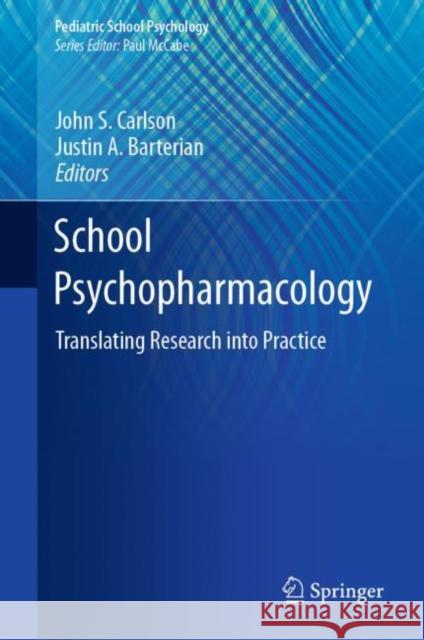School Psychopharmacology: Translating Research Into Practice » książka
topmenu
School Psychopharmacology: Translating Research Into Practice
ISBN-13: 9783030155407 / Angielski / Twarda / 2019 / 250 str.
School Psychopharmacology: Translating Research Into Practice
ISBN-13: 9783030155407 / Angielski / Twarda / 2019 / 250 str.
cena 524,53
(netto: 499,55 VAT: 5%)
Najniższa cena z 30 dni: 501,19
(netto: 499,55 VAT: 5%)
Najniższa cena z 30 dni: 501,19
Termin realizacji zamówienia:
ok. 22 dni roboczych
Bez gwarancji dostawy przed świętami
ok. 22 dni roboczych
Bez gwarancji dostawy przed świętami
Darmowa dostawa!
Kategorie:
Kategorie BISAC:
Wydawca:
Springer
Seria wydawnicza:
Język:
Angielski
ISBN-13:
9783030155407
Rok wydania:
2019
Wydanie:
2019
Ilość stron:
250
Waga:
0.54 kg
Wymiary:
23.5 x 15.49 x 1.6
Oprawa:
Twarda
Wolumenów:
01
Dodatkowe informacje:
Wydanie ilustrowane











